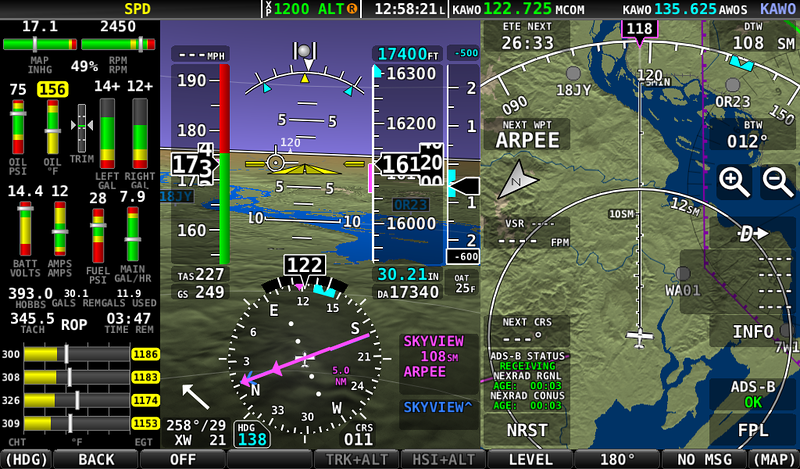First time buyer looking for advice.
I'm looking at 3 RV-8's, each with different engines. My impression is the 180hp O360 is the 'standard' model (as much as there can be such a thing among Vans). I get that the 160hp O320 is going to burn less fuel, and the 215 hp O390 is going to climb faster.
I'm wondering if there are appreciable maintencence/cost of ownership differences beyond the fuel burn. Hows the W&B envelope and useful load work out?
Also wondering about the O390 and the 200kt Vne. Im an aerospace engineer by training, so have some understanding of the engineering limits. What I'm wondering is practically speaking how close to 200kts do other RV-8 pilots fly.
Thanks in advance,
Matt KIng
I'm looking at 3 RV-8's, each with different engines. My impression is the 180hp O360 is the 'standard' model (as much as there can be such a thing among Vans). I get that the 160hp O320 is going to burn less fuel, and the 215 hp O390 is going to climb faster.
I'm wondering if there are appreciable maintencence/cost of ownership differences beyond the fuel burn. Hows the W&B envelope and useful load work out?
Also wondering about the O390 and the 200kt Vne. Im an aerospace engineer by training, so have some understanding of the engineering limits. What I'm wondering is practically speaking how close to 200kts do other RV-8 pilots fly.
Thanks in advance,
Matt KIng






